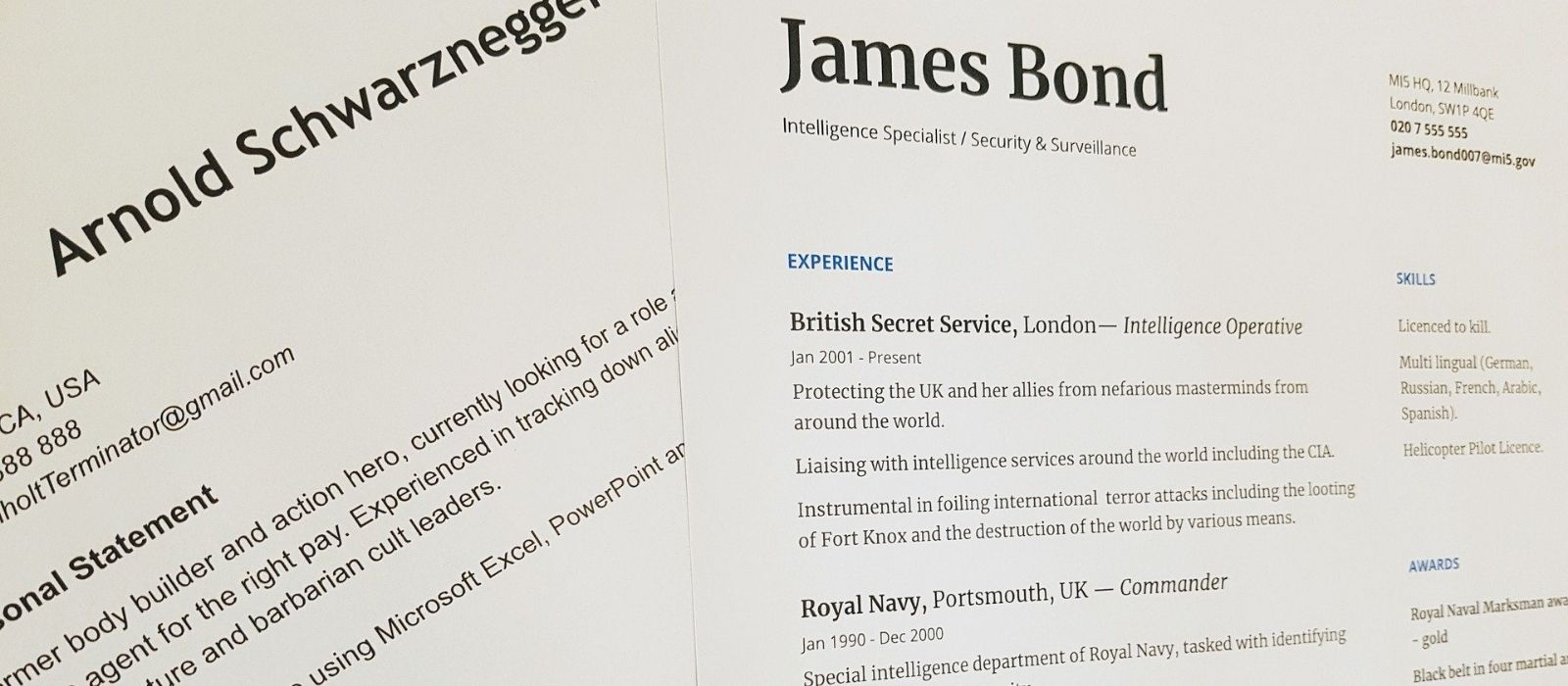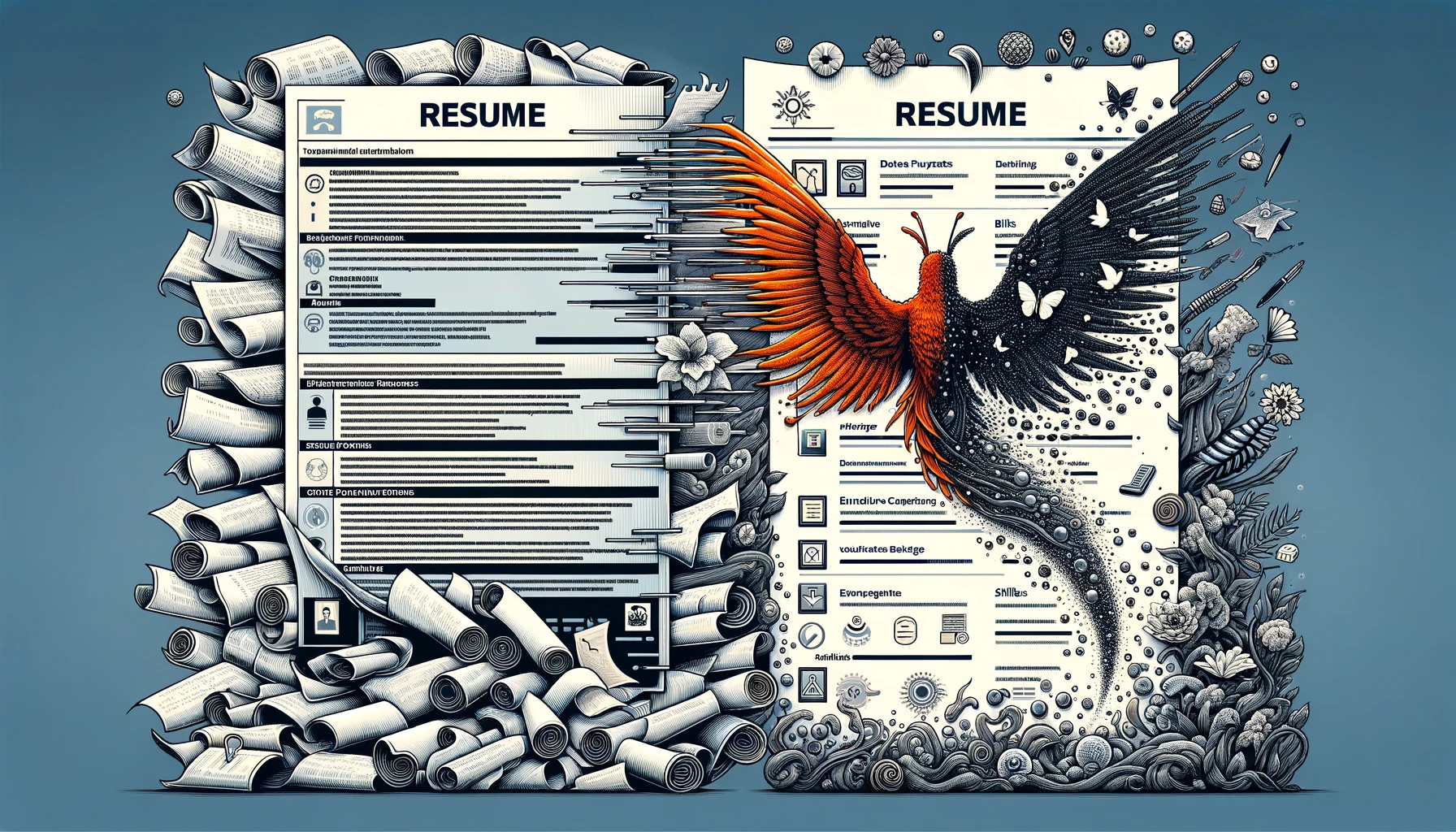In many ways, a resume serves as the first step toward a future career because it is typically the first thing a hiring manager sees when reviewing candidates. The most important thing you can do to increase your chances of landing the job is to present a clean and concise resume that details your qualifications for the position. This article defines what a resume or curriculum vitae is and offers suggestions for writing one that will make a lasting impression on potential employers.
If you’re looking for professional and personalized resume feedback, various free and paid services are available to help you evaluate your resume or curriculum vitae.
What exactly is a resume, and why is it required?
Resumes are documents that highlight a candidate’s qualifications for a particular position. It frequently includes information about their education, experience, skills, and accomplishments. A resume is an excellent tool for demonstrating how you could be a valuable asset to a company. A well-crafted resume is a perfect way to distinguish yourself from other candidates competing for the same position. Additionally, when writing your resume, you must understand both the industry in which you work and the company to which you are applying so that you can tailor your resume to fit both.
There are a variety of approaches you can use to distinguish your resume from the competition. Although the specifics of what a recruiter is looking for will vary depending on your industry and the position you’re applying for, hiring managers generally prefer resumes that stand out from the crowd. The following are some suggestions to keep in mind when creating your resume:
1. Learn what the hiring manager is looking for and meet those requirements.
Examine the job posting and the company’s website before you begin putting together your resume. When deciding what you want to include, consider your choices carefully. Concentrate on the company’s culture, keywords you’d like to include, and what you’ll be expected to do in your new position.
2. Make it specific to your industry and the position you are applying for.
Keep in mind to include prior work experience that demonstrates your relevant qualifications in your resume. The hiring manager would be more interested in knowing about your engineering skills than your photography skills if you were applying for a position as a mechanical engineer, for example. Make sure only to include jobs relevant to your future employer and demonstrate that you understand what they are looking for in a candidate.
3. Include relevant abilities.
Similar to your previous positions, only include skills relevant to the position you’re applying for in your application letter. Check the job posting to see if the hiring manager is looking for specific skills or requirements that you possess. Example: If you are applying for a mechanical engineering job, listing your knowledge of materials science and engineering physics would be valuable skills to include in your application materials.
4. Incorporate a header, followed by a summary or an objective.
Every day, recruiters review a large number of resumes. Including a header and a summary or objective on your resume can help hiring managers distinguish your resume from the competition. In the case of a header, make sure your name is at the very top of the list. Make the font size a little larger if you have the extra space. Include your mailing address (or just your city and state), phone number, and email address in your message. Include your contact information, including the phone number and email address where the hiring manager will most likely reach you.
You should write a summary or objective right below your header. A summary should be no more than three sentences long and should include a review of your relevant experience and skills. An objective describes your professional aspirations and the skills you can bring to the company, and it’s no longer than two sentences in length. Incorporating one of these statements at the top of your resume allows hiring managers to quickly scan it and learn more about you while still saving time.
5. Keep it to a minimum of words.
While a resume can be as long as two pages, most of them should be no more than one. This is frequently the case for entry-level candidates with little or no work experience. Keep in mind that you should only include information on your resume that will help you stand out from the competition when you are writing it. Stay away from redundancy and fluff.
6. Make the presentation visually appealing.
While recruiters will appreciate a well-designed resume, make sure that your creativity is appropriate for the job you’re applying for. Listed below are a few things to keep in mind when creating a modern resume:
Font style: Make certain that the font you choose is readable. Make use of a professional font such as Georgia, Times New Roman, Calibri, or Helvetica to convey your message.
Typeface selection: Choosing a font that is the appropriate size will ensure that a recruiter can easily read the content of your resume. Font size 12 should be sufficient.
Template: Keep your designs as simple as possible while still visually appealing. Make sure that the visual elements of your resume do not detract from the content of your resume if you’re using a template.
Design your resume with an eye-catching color scheme. Choose three colors: black, white, and a third color, blue or green. White is a great background color on a resume, and black is the best for text. A third color can be used to draw attention to important details.
Employers will see your resume first if you are applying for a creative position because it is the first example of your design work that they will see. Make sure that your style is on display. Having a clean and legible resume will ensure that they can read it thoroughly without being confused or distracted.
7. Include a cover letter with your submission.
When employers request that you submit your resume or curriculum vitae online, they may also request that you submit a cover letter. Even if it isn’t required, sending a cover letter is an excellent way to distinguish yourself as a potential candidate. If you do, make sure that your cover letter’s design and color scheme are consistent with the design and color scheme of your resume to give your application a more cohesive appearance.
8. Double-check your work.
Please make sure that your resume is error-free before submitting it. A resume or curriculum vitae that is free of errors and easy to read demonstrates your professionalism and ability to pay close attention to the details. As a result, if you personalize your resume for each position you apply for, make sure to thoroughly read it each time or ask a trusted friend or family member to do so for you.
Resumes are documents that highlight a candidate’s qualifications for a particular position. They are typically the first thing a hiring manager sees when reviewing candidates. This article defines what a resume or curriculum vitae is and offers suggestions for writing one that will make a lasting impression. Include skills and experience relevant to the position you’re applying for in your application letter. Incorporate a header, followed by a summary or an objective on your resume to help hiring managers quickly scan your application materials.
While a resume can be as long as two pages, most of them should be no more than one. Make use of a professional font such as Georgia, Times New Roman, Calibri, or Helvetica. Choose three colors: black, white and a third color, blue or green. White is a great background color on a resume, and black is the best for text. Employers will see your resume first if you are applying for a creative position.
Include a cover letter with your submission to give your application a more cohesive appearance. It’s an excellent way to distinguish yourself as a potential candidate.





